What is the RFID-Based Electronic Witnessing System?
Nova IVF’s electronic witnessing system, developed in-house, offers a high-precision solution to monitoring, witnessing, and recording all key steps in the IVF process.
RFID, a global standard for preventing mix-ups of sperms and eggs, enhances security and offers couples peace of mind.
Key Benefits:
- Eliminates human error in egg & sperm handling.
- Ensure secure and accurate tracking.
- Enhances lab efficiency and transparency.


What makes RFID crucial to IVF?
RFID (Radio Frequency Identification) technology is known for its precision in identifying and tracking objects through wireless communication.
In IVF, RFID ensures that all biological materials-eggs, sperm, and embryos-are carefully tracked and matched throughout the process, reducing the risk of mix-ups.
Key Benefits:
- Real-time tracking of egg, sperm and embryos.
- Immediate alert system for any mismatches.
- Detailed logging and validation of each step.

Ensuring a seamless IVF Experience with the RFID process.

Patient Registration:
After registration, the customer care executive generates a unique patient card at reception for the couple.
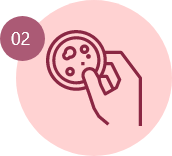
Handover to the Embryologist:
During egg pick up when the patient is shifted to OT for egg retrieval, the OT nurse provides the patient card to the embryologist.

Egg Pool Tagging:
The pool dish where eggs are collected is tagged with the couple’s unique registered number.

Post-Egg Cleanup Tagging:
Cleaned eggs are transferred to a post-denudation dish tagged with the same number.

Sperm Collection and Tagging:
Sperm containers, processing tubes, and post-processing tubes are all tagged and handed to the andrologist.

Sperm Processing:
After sperm cleanup, the post-processing tube is tagged and paired with the egg dish of the partner.

Matching Sperm and Eggs:
The ICSI dish containing the couple’s sperm and eggs is matched via the RFID system.
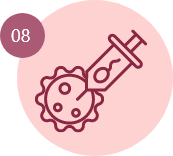
Fertilization:
Selected sperm is injected into a mature egg, and fertilized eggs are placed in a tagged fert dish.

Day 3 Checkpoint:
Embryo growth is monitored, and if developing correctly, they are transferred to a tagged blastocyst dish.

Day 5 Checkpoint:
Embryos are checked again, and they are either transferred to the ET (Embryo Transfer) dish for implantation or to a freezing dish if embryo transfer is scheduled for a later time.

Final Stages of the RFID-Enabled IVF Process
Embryo Transfer or Freezing:
If embryo transfer is scheduled, 1–2 embryos are placed into the ET dish.
If not, they are placed into a tagged freezing device for cryopreservation in liquid nitrogen
The system continuously monitors and validates each step of the IVF process.
In case of a mismatch, it triggers an alarm, preventing further action until the issue is resolved.
How RFID Works?
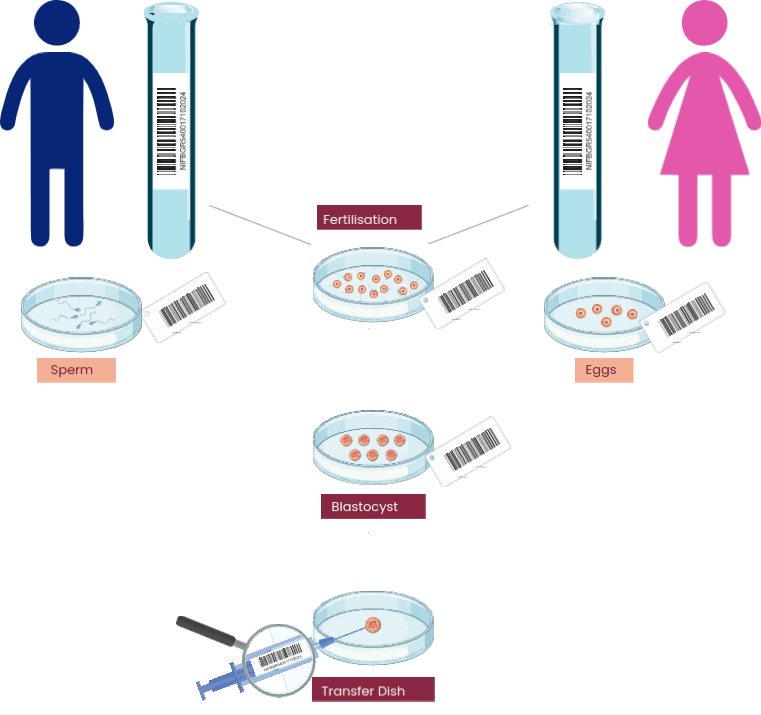
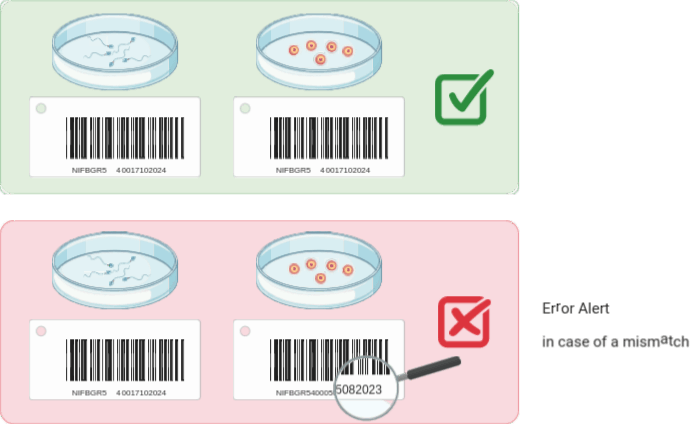
Experience Unmatched IVF Safety with Nova IVF
Nova IVF’s RFID system ensures unmatched accuracy and security at every step for a safe and efficient IVF process.

 Infertility Counselling
Infertility Counselling Female Infertility Treatment
Female Infertility Treatment Andrology Treatment
Andrology Treatment Fertility Enhancing Surgeries - Female
Fertility Enhancing Surgeries - Female Fertility Enhancing Surgeries - Male
Fertility Enhancing Surgeries - Male Endoscopy Treatment
Endoscopy Treatment IUI Treatment
IUI Treatment IVF Treatment
IVF Treatment ICSI Treatment
ICSI Treatment Advanced IVF Solutions
Advanced IVF Solutions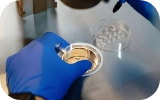 Embryology
Embryology Vitrification Egg, Embryo, Sperm Freezing
Vitrification Egg, Embryo, Sperm Freezing Preimplantation Genetic Testing (PGT)
Preimplantation Genetic Testing (PGT) Donation Program Embryo / Egg / Sperm
Donation Program Embryo / Egg / Sperm Self-cycleTM IVF
Self-cycleTM IVF

 Self-cycleTM IVF
Self-cycleTM IVF




